
Ezio Frigerio was an Italian costume designer and art director.

Ornella Vanoni is an Italian singer and actress. She is one of the longest-standing Italian artists, having started performing in 1956. She has released about 112 works between LP, EPs and greatest hits albums, and is considered one of the greatest interpreters of Italian pop music. During her long career she has sold over 65 million records.

Fabrizio Bentivoglio is an Italian cinema and theatre actor and screenwriter.
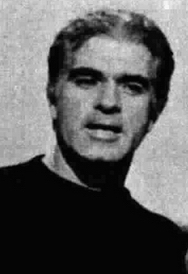
Giorgio Strehler was an actor, Italian opera and theatre director.
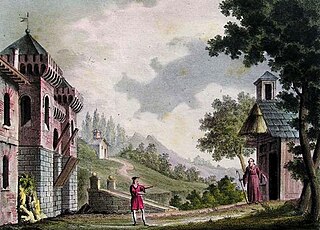
The Teatro Lirico is a theatre in Milan, Italy. In the 19th and early 20th centuries it hosted numerous opera performances, including the world premieres of Donizetti's L'elisir d'amore and Giordano's Fedora. The theatre, located on Via Rastrelli, closed in 1998. However, a restoration project was begun in April 2007, and it has finally re-opened in December 2021 as the Teatro Lirico Giorgio Gaber. Stage Entertainment carried on the renovation of the Theatre, completing all finishes and all workings started by the administration "Comune di Milano".
Luciano Damiani was an Italian stage and costume designer, who worked both for theatre and opera productions.

Arnoldo Foà was an Italian actor, voice actor, theatre director, singer and writer. He appeared in more than 130 films between 1938 and 2014.
Alfredo Balducci was an Italian playwright.

Le baruffe chiozzotte is a play by the Italian playwright Carlo Goldoni, first performed at the Teatro San Luca in Venice in January 1762. It deals with the comic struggles between two groups of fishermen in the lagoon-mouth village of Chioggia brought on by the love affairs of the younger generation. Written in a dialect even more exotic than Venetian, the comedy is intensified by the presence of a hapless young Venetian official, who is helpless to enforce order on the sly inhabitants he is supposed to keep under control.
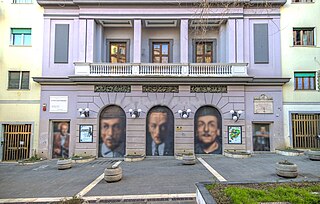
Teatro San Ferdinando is a theatre in Naples, Italy. It is named after King Ferdinand I of Naples. Located near Ponte Nuovo, it is to the southeast of the Teatro Totò in the western part of the neighborhood of Arenaccia. Built in the late eighteenth century, the seats are arranged in four box tiers, and the pit. It is most associated with Eduardo De Filippo and the productions of the 1950s under his direction. Closed in the 1980s and reopened in 2007, the San Fernando is managed by the Teatro Stabile of Naples.

Fiorenzo Carpi was an Italian composer and pianist, probably best known for the "Pinocchio" theme.

Paolo Grassi was an Italian theatrical impresario.

Giancarlo Cobelli was an Italian actor and stage director. He was considered one of the most important directors of Italian theatre.
Caterina Vertova is an Italian actress. She studied in London and in Paris, as well as at the Actors Studio in New York City.

Mario Missiroli was an Italian stage, television and film director.
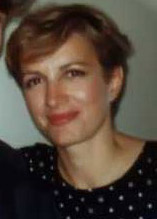
Maddalena Crippa is an Italian film, television and stage actress. She won a David di Donatello for Best Supporting Actress for her role in Academy Award nominee Three Brothers by Francesco Rosi.
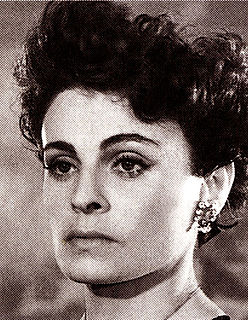
Giovanna Galletti was an Italian actress. She appeared in more than forty films from 1938 to 1986.

Camillo Migliori, best known as Camillo Milli was an Italian stage, film and television actor.
Ezio Marano (6 August 1927, Brescia – 26 April 1991, Rome) was an Italian actor.

Marco Filibeck is an Italian lighting designer.
















